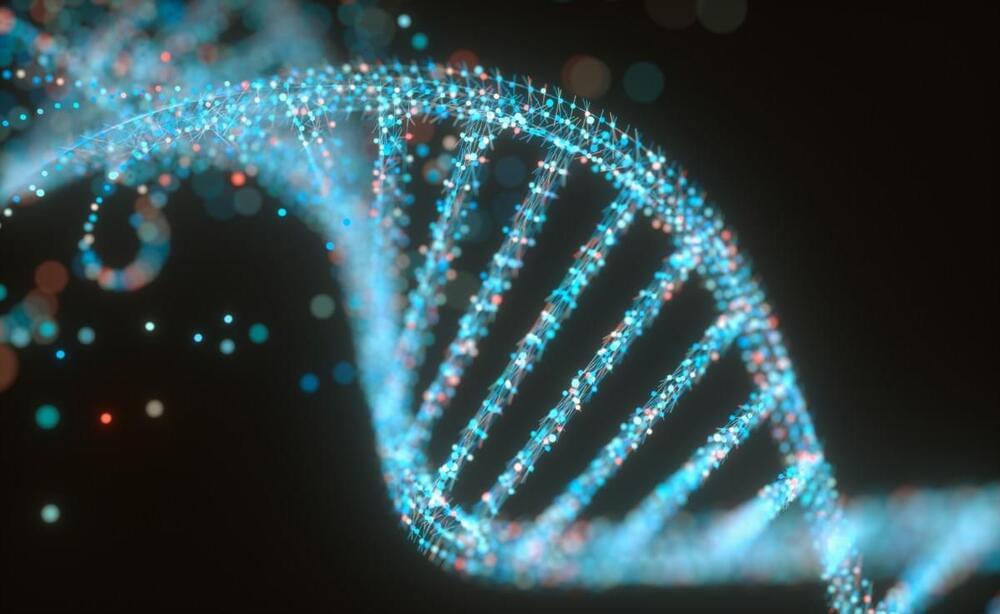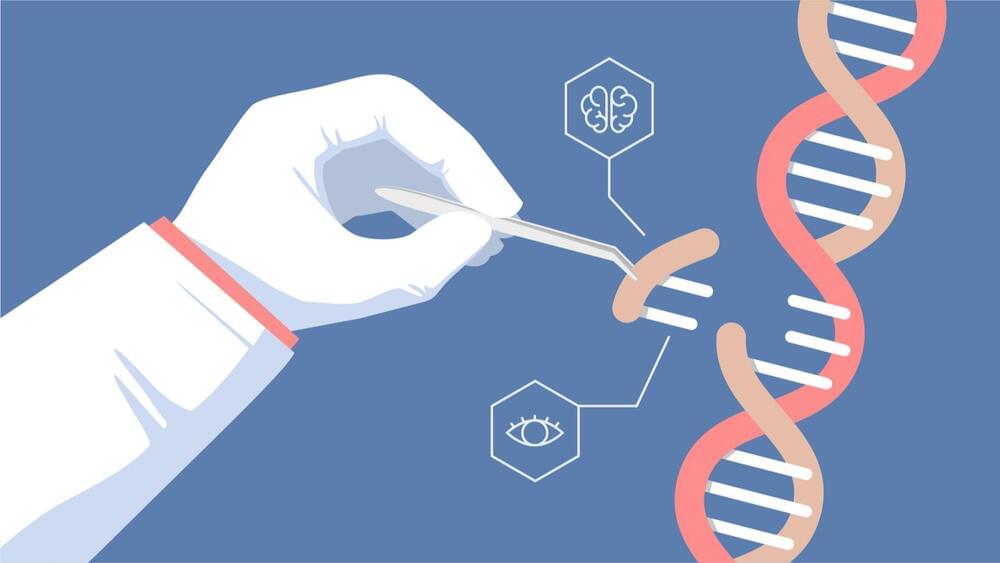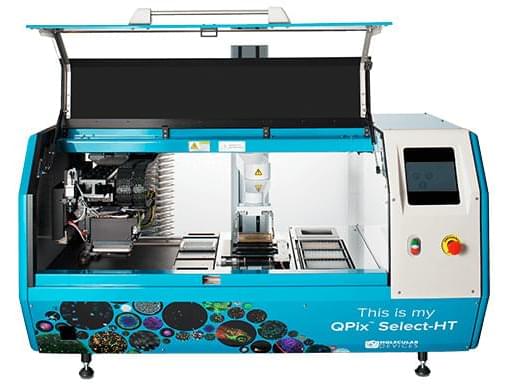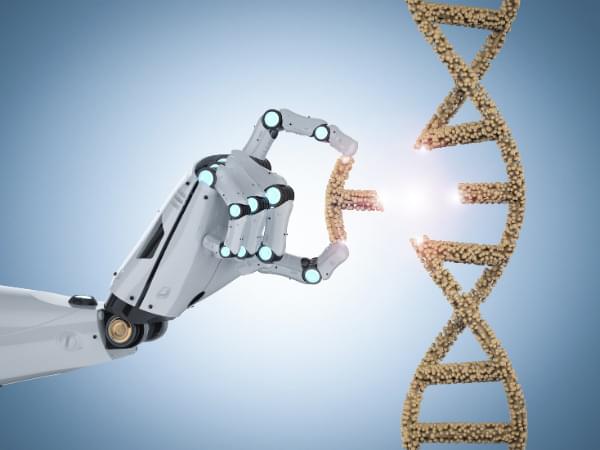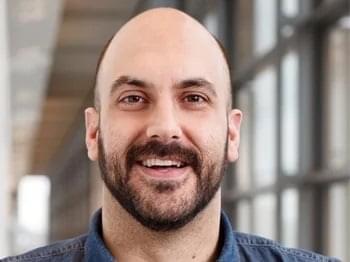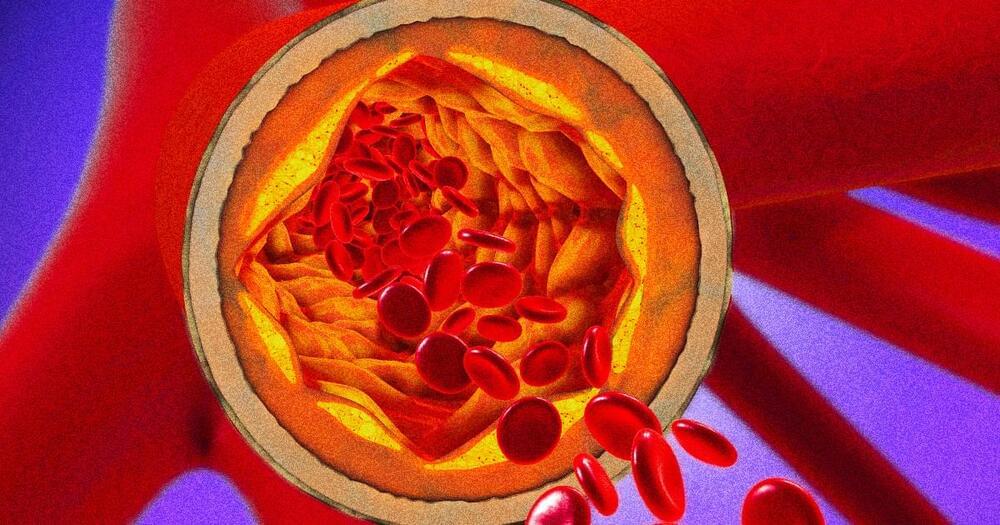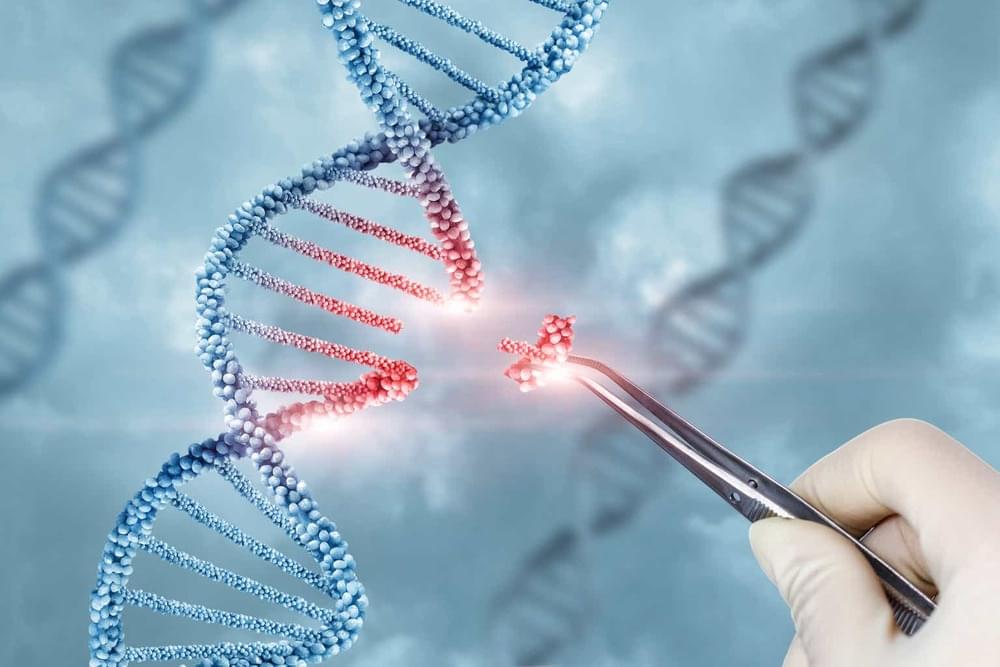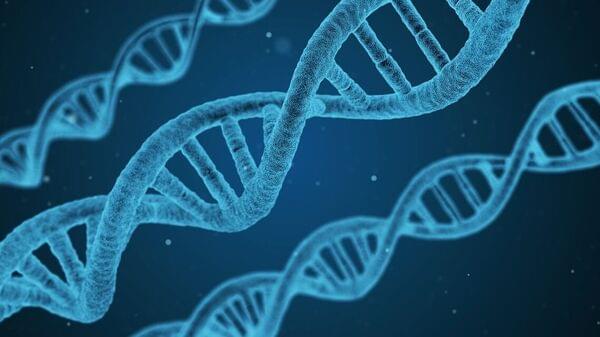A new Seattle biotech organization will be funded to the tune of $75 million to research “DNA typewriters,” self-monitoring cells that could upend our understanding of biology. The collaboration between the University of Washington, the Chan-Zuckerberg Initiative and the Allen Institute is already underway.
Called the Seattle Hub for Synthetic Biology, the joint initiative will combine the expertise of the two well-funded research outfits with that of UW Medicine, working in what UW’s Jay Shendure, scientific lead for the project, called “a new model of collaboration.”
The Hub (not to be confused with the HUB, or Husky Union Building, on UW’s campus) aims to strike a balance between a disinterested intellectual academic approach and a development-focused commercial approach. The $75 million will fund the organization for five years, with the option to renew then.
